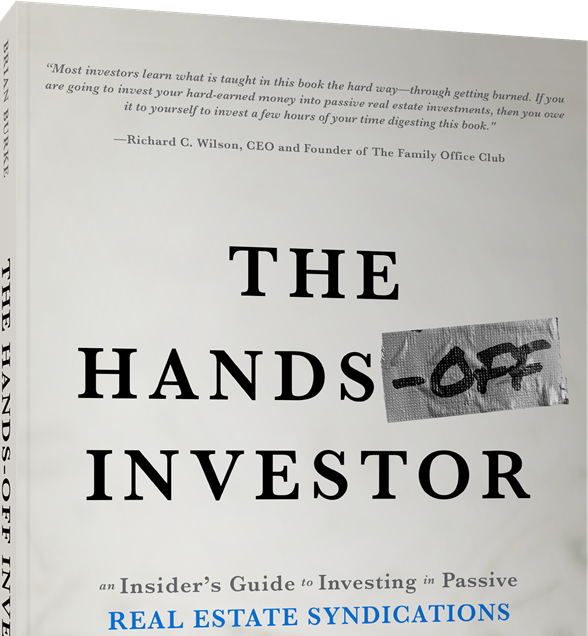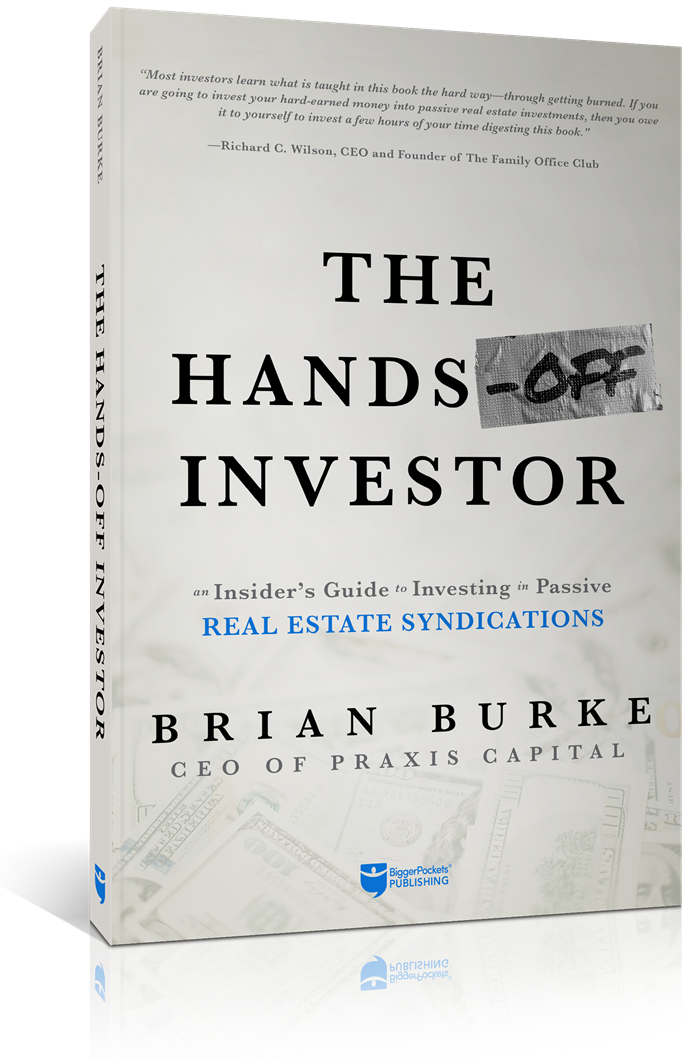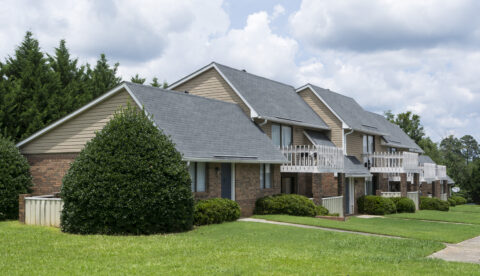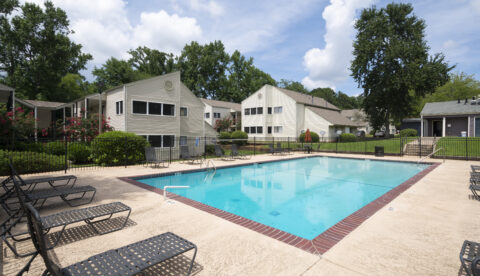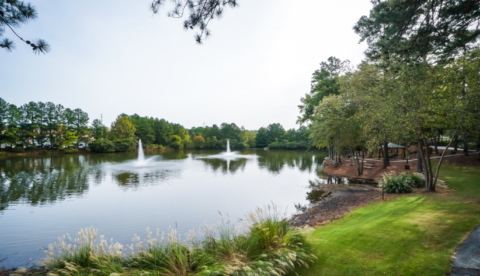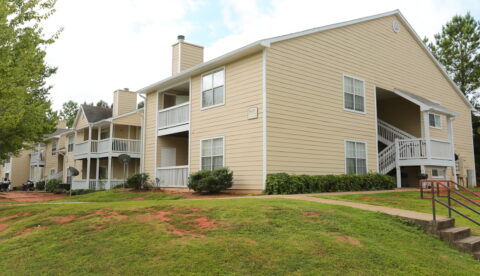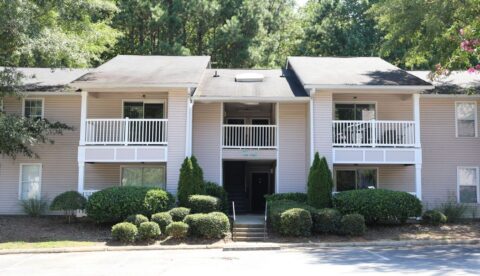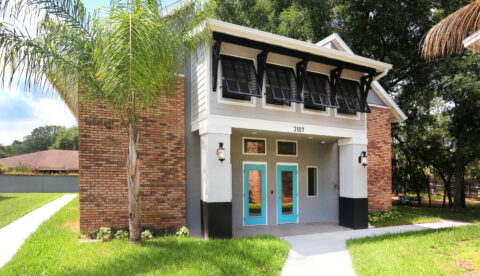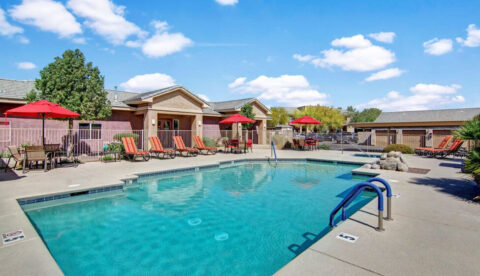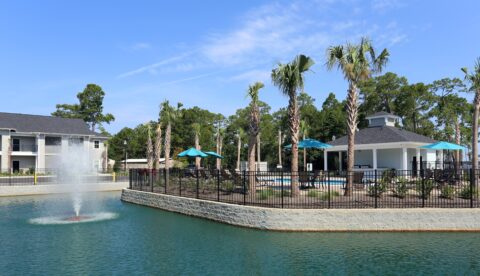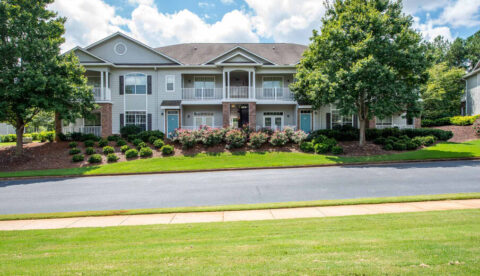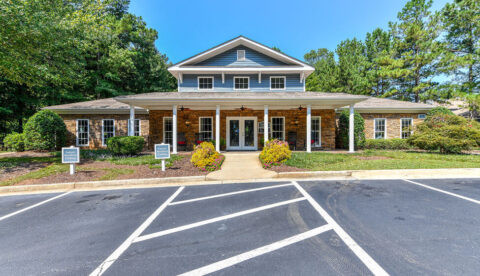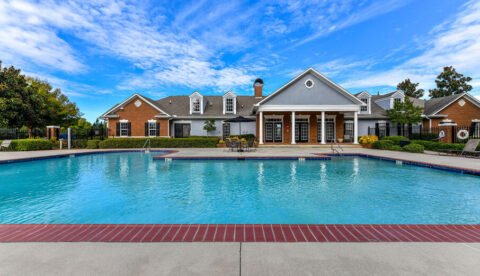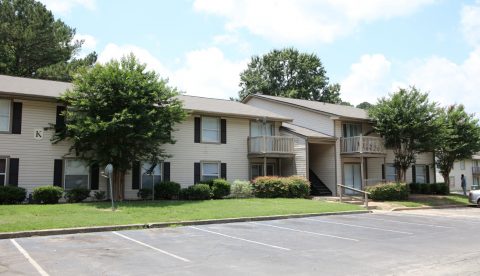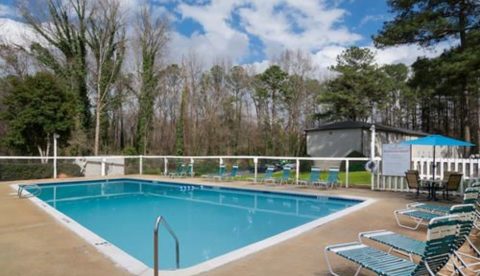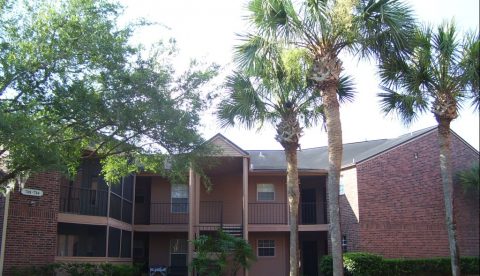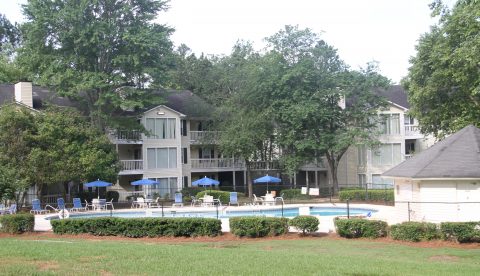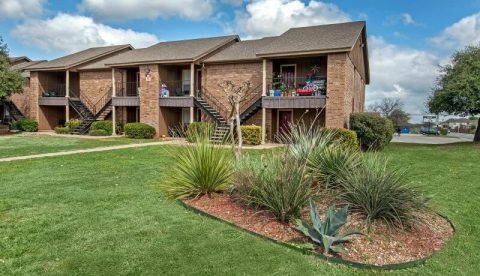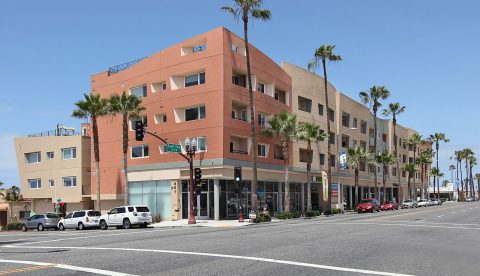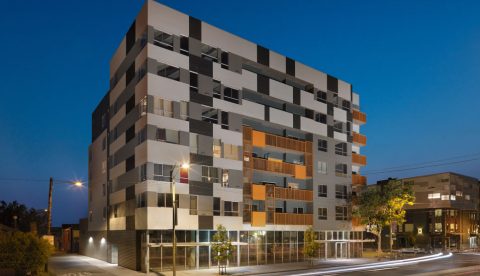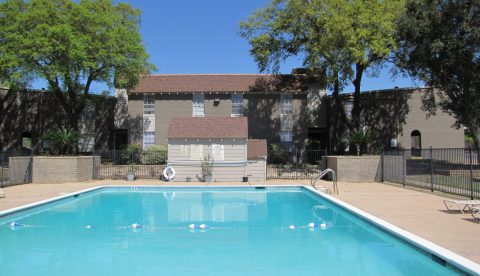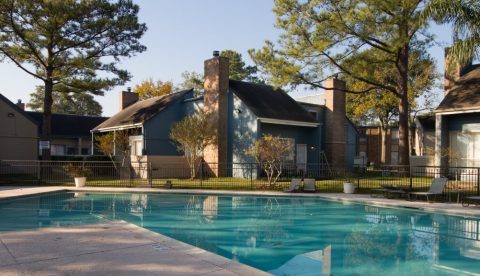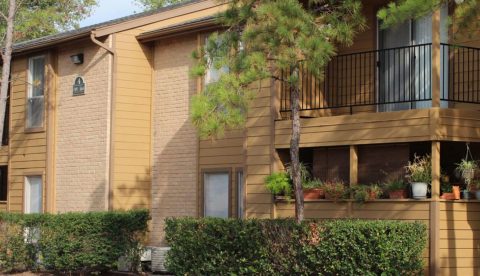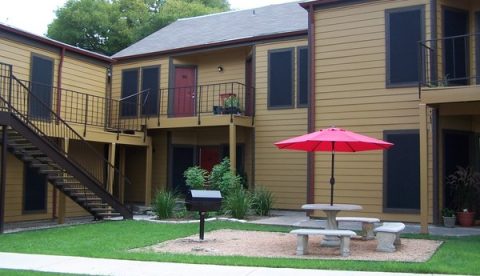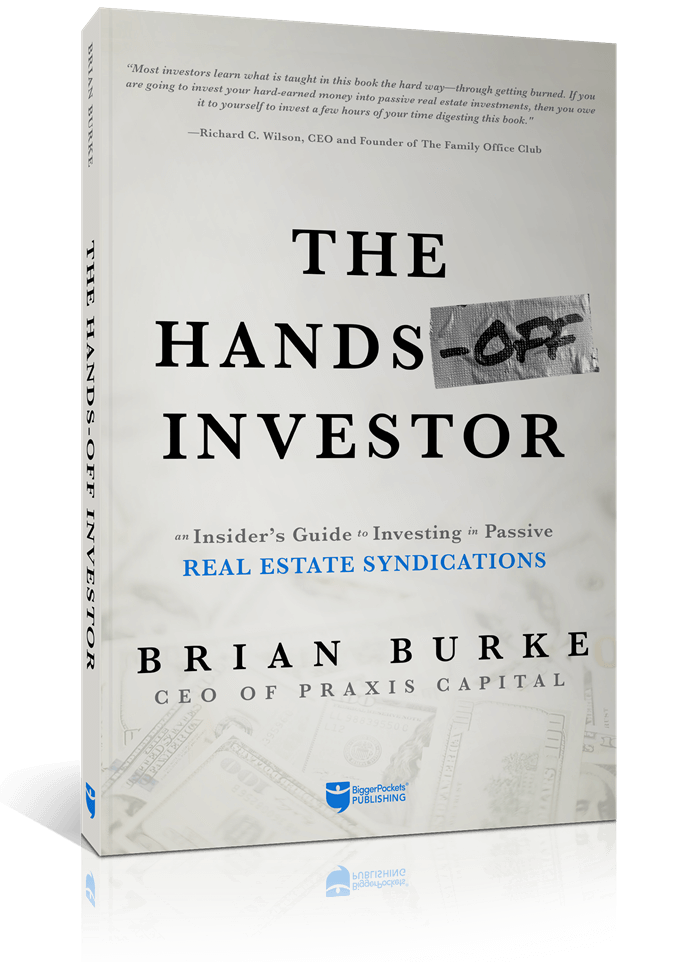The Effects of Rising Interest Rates on Cap Rates
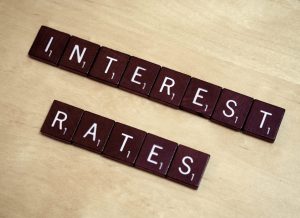
When the Federal Reserve began reducing interest rates to nanoscopic levels, it seemed as though the strategy would only be needed for a brief period.
Presumably, low interest rates would temporarily encourage people to spend; even though the United States is already unusual in that its consumers have a negative savings rate – spending all they make, and then some.
With interest rates hovering slightly over zero the economy would rebound, the subprime mortgage and derivative crises would recede, and American prosperity would reemerge resulting in a strong V-shaped recovery!
Only we’re now 8 years into an environment of interest rates that have been effectively nil (to the nearest integer). However, with the initial bump of 25 basis points last December, the movement by the Fed from ‘emergency’ mode toward normalization is afoot; albeit at an extremely slow and measured pace.
It is our belief that the Fed chairwoman and her staff are more concerned about deflation than inflation. In fact, some of the chatter on the street has now advanced to that of the potential for negative interest rates, which would actually ‘cost’ investors money to lend their money to the Treasury. Although some Central Banks have taken this posture, we believe this talk for the US is unfounded and in fact, given the expectation for continued economic expansion, further Fed action to raise rates may occur this year and/or next.
Nowhere to Go But Up
Practically speaking, interest rates have been in emergency mode for an extended period and are backed into a corner, with only one way out. Short of moving toward a negative interest rate environment, if rates are going to move at all, they must increase, because there’s effectively no room for them to do anything else.
For fixed income investors used to years of miserly returns, the prospect of rising interest rates ought to be promising. However, the key elements which will drive the Fed to continue to raise rates are totally dependent on continued economic growth and an increase in inflationary pressures.
Causation Doesn’t Imply Correlation
Look hard enough, and you’ll find financial data that seems to reinforce the position that raising interest rates will raise cap rates. Often, the data will even be compiled and presented by somber professionals looking to make a sweeping generalization about the future. Whether their interpretation of the data matches up with reality or not is of less consequence. One definitive study conducted over a 22-year period shows a positive correlation of .7 (+1 being perfectly positive, -1 perfectly negative) between interest rates and cap rates. And even that study qualifies its findings, stating that “real estate fundamentals, capital flows, and investor risk appetite” also affect cap rates. In other words, the exact same factors that ought to affect cap rates, regardless of what’s happening in the money markets, will continue to play a significant role.
A recent Econometric report expects the average NCREIF cap rate for U.S. apartment assets to have increased by 42 bps by Q4 2018; this is well below the 10-year Treasury’s expected 158-bps yield adjustment.
Markets at the greatest risk of cap rate increases and value drops are those where cap rate compression is currently highest.
By market, the cap rate adjustment will vary, with cap rates increasing most in markets like Washington, D.C.—by 73 bps over the period. Meanwhile, cap rates in Boston and Los Angeles are expected to remain relatively flat, even falling a few basis points over the same period. Other markets will see increases somewhere in between.
The One Possible Connection
Logically, if interest rates rise, then borrowing to purchase a property will become more expensive. A higher effective cost of capital necessitates one of two things; either a higher cap rate or a lower property valuation. Unless, of course, rents and other revenues move in lockstep with that increased cost of acquisition. However, in most markets, rising rents and NOI will help only to a limited extent.
Even as interest rates rise, however, prudence and geopolitical necessity dictate that they should move up very slowly by no more than, say, 25 basis point increments. And, in today’s environment, even that would be enormous. All the more reason why despite the doomsaying from a compliant media, now may be an excellent time in which to expand one’s real estate portfolio allocation.
Besides, Interest Rates Affect Everything
Even as real estate has a place in a well diversified portfolio, it may become a bit less attractive investment only if other opportunities – say stocks, for instance – become relatively more attractive. Which might or might not happen. All things being equal, much like any other investments, stocks become more attractive when their market becomes undervalued. (And with the Dow at a record 17,700 points right now, even the fiercest bull has to concede that the market is anything but undervalued.) But if it were to, it’d have little or nothing to do with slowly rising interest rates. It would be mostly driven by the strength (or weakness) of the US$, which will have a direct impact on exports and, as a result, corporate earnings. Couple that with the financial engineering which has held interest rates at historic lows to buoy financial markets, many suspect that the move by the Fed to more normalization of interest rates may well trigger a correction in the equity markets.
Looking at interest rates for their tenuous effect on cap rates does little but facilitate inertia on the part of the sheepish investor. The portion of real estate investors who are dissuaded by potential small, incremental Fed rate hikes is somewhere close to negligible. Even in an industry that relies heavily on (prudent) borrowing and leverage.
One of the everlasting beauties of the real estate market is that it’s so diverse that some subset of it is always booming or ready to boom. At any given moment, there are thousands of multifamily properties that are providing their owners with high returns while building lasting equity.
For value investors, such as Praxis Capital, emphasis is put on identifying those properties which can be had for a discount to both current market value and replacement cost. This enables them to create additional value, ultimately raising otherwise static cash flow streams. This Absolute Return strategy is not only an excellent way to generate higher total returns, but it is also fairly cycle agnostic; thereby allowing for implementation at all points in the real estate cycle.
The Bottom Line
We expect rent growth to remain positive and relatively robust on average—propping up NOI and putting continued downward pressure on cap rates—but these rent dynamics will vary significantly from market to market and, in some cases, offer minimal offset relative to the cap rate movements.
Cap rate adjustments are expected to be lower than the underlying increase in interest rates, so cap rate spreads to Treasury yields will continue to compress. This is due to the growth that our baseline forecast anticipates for the U.S. economy over the next three years, which is likely to mitigate much of the effects of the rising interest rates. As a result, commercial real estate may perform much better than other asset classes, which might experience much higher volatility and value adjustments over the period.
So, looking for the relationship between interest rates and cap rates shouldn’t be much of a concern. And while modestly higher exit cap rates should be planned for, remember to focus on the same fundamentals that make real estate such an attractive investment in the first place, whether residential, commercial, or industrial. Be wise–spend $X on improvements only when they’ll result in $X+Y worth of benefits.
And if you don’t want to do it yourself, find a capable real estate private equity firm with a history of buying at the right price and creating additional value that’ll help you navigate through the morass.
